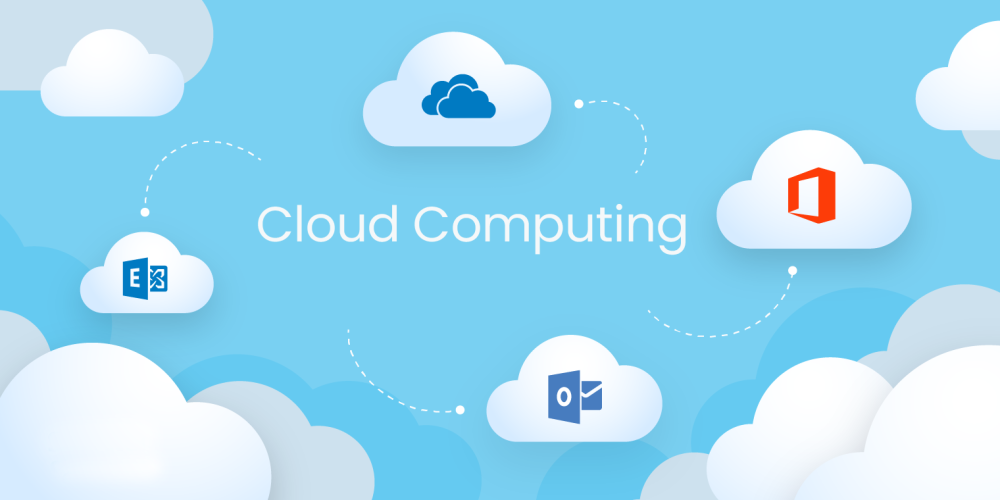Leveraging Cloud Computing to Enhance IT Infrastructure

In the ever-evolving landscape of IT, systems administrators face a myriad of challenges, from maintaining system reliability to securing data backup and recovery processes. With the rise of cloud computing, a new horizon of solutions has emerged, offering robust answers to these enduring issues.
Let’s explore how cloud computing is enhancing system reliability, efficient data backup/recovery, scalable cloud storage solutions, and comprehensive disaster recovery services.
Elevating System Reliability with Cloud Computing
System reliability is paramount in any organization’s IT strategy. Downtime is not just an inconvenience; it can lead to significant financial loss and erode trust among clients and customers. Cloud computing introduces an unparalleled level of reliability by leveraging distributed resources and redundant systems. Unlike traditional on-premises solutions that rely on a single point of failure, cloud services distribute data and applications across multiple, geographically dispersed servers, ensuring continuous availability and access. For systems administrators, this means less time spent on maintenance and more focus on strategic initiatives.
Simplifying Data Backup and Recovery
Data loss can be catastrophic, arising from hardware failures, cyber-attacks, or simple human error. Cloud computing offers a streamlined and secure approach to data backup and recovery. By automating backups to the cloud, systems administrators can ensure that data is regularly and securely copied off-site. Moreover, cloud-based recovery solutions provide flexibility and speed, allowing for rapid restoration of data to any location, not just where it was originally lost. This agility is crucial in minimizing downtime and ensuring operational continuity.
Unlocking the Potential of Cloud Storage Solutions
As data volumes continue to explode, managing storage in-house has become increasingly complex and costly. Cloud storage solutions present an attractive alternative, offering scalable, flexible, and cost-efficient options for storing vast amounts of data. Systems administrators can easily adjust storage capacities to meet current needs without the upfront investment in physical hardware or the ongoing costs of power and cooling. Additionally, cloud storage enhances collaboration and accessibility, enabling remote access to data, which is particularly valuable in today’s distributed work environments.
Reinforcing Business Continuity with Disaster Recovery Services
Disaster recovery is a critical component of any business continuity plan. Traditionally, implementing a comprehensive disaster recovery strategy required significant capital investment and complex logistics, making it a daunting task for many organizations. Cloud computing changes the game by providing disaster recovery as a service (DRaaS). This model offers systems administrators a cost-effective, scalable, and reliable solution for replicating and recovering systems and data in the event of a disaster. With DRaaS, businesses can achieve shorter recovery times and higher levels of data integrity, ensuring they remain operational even under the most challenging conditions.
Conclusion
For systems administrators, cloud computing can be a game changer, offering solutions to some of the most pressing challenges in IT infrastructure management. By embracing cloud computing, systems administrators can enhance system reliability, streamline data backup/recovery processes, leverage scalable storage solutions, and ensure comprehensive disaster recovery. As the digital landscape continues to evolve, cloud computing will remain a pivotal resource for systems administrators looking to drive efficiency, resilience, and innovation within their organizations.
In a world where IT is the backbone of business, cloud computing offers the support systems administrators need to ensure that backbone is strong, flexible, and always up and running. The cloud is more than just a technology solution; it’s a strategic advantage in the competitive landscape of the digital age.
Contact us if you have any questions or if you’d like to learn more about how to leverage the cloud for your business.
